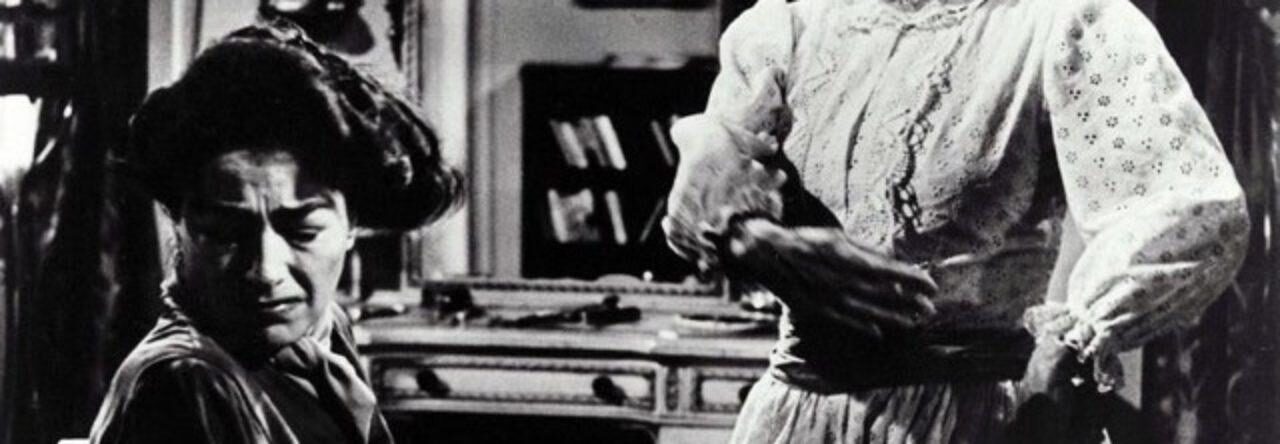
Nearly 50 years after its television debut, Satan’s School for Girls (1973) owes much of its timelessness to Kate Jackson’s devious smile. But it’s strikingly modern in other ways as well, containing portents of the #MeToo movement and alluding to the continued (and comically one-sided) political debate about the merits of a liberal arts education.
We join the action as Martha (Terry Lumley), paranoid in the manner of an Afterschool Special character lost in a bad trip, races to her sister Elizabeth’s place. There she encounters an offscreen menace and is soon found hanging from the rafters. Elizabeth (Pamela Franklin) knows it wasn’t a suicide, despite police labeling Martha “a melancholy girl,” and enrolls at Martha’s alma mater, the Salem Academy for Women, to conduct an undercover investigation.

Cranky Lesbian is a disgruntled homosexual with too much time on her hands. Click for film reviews or to follow on Instagram.









